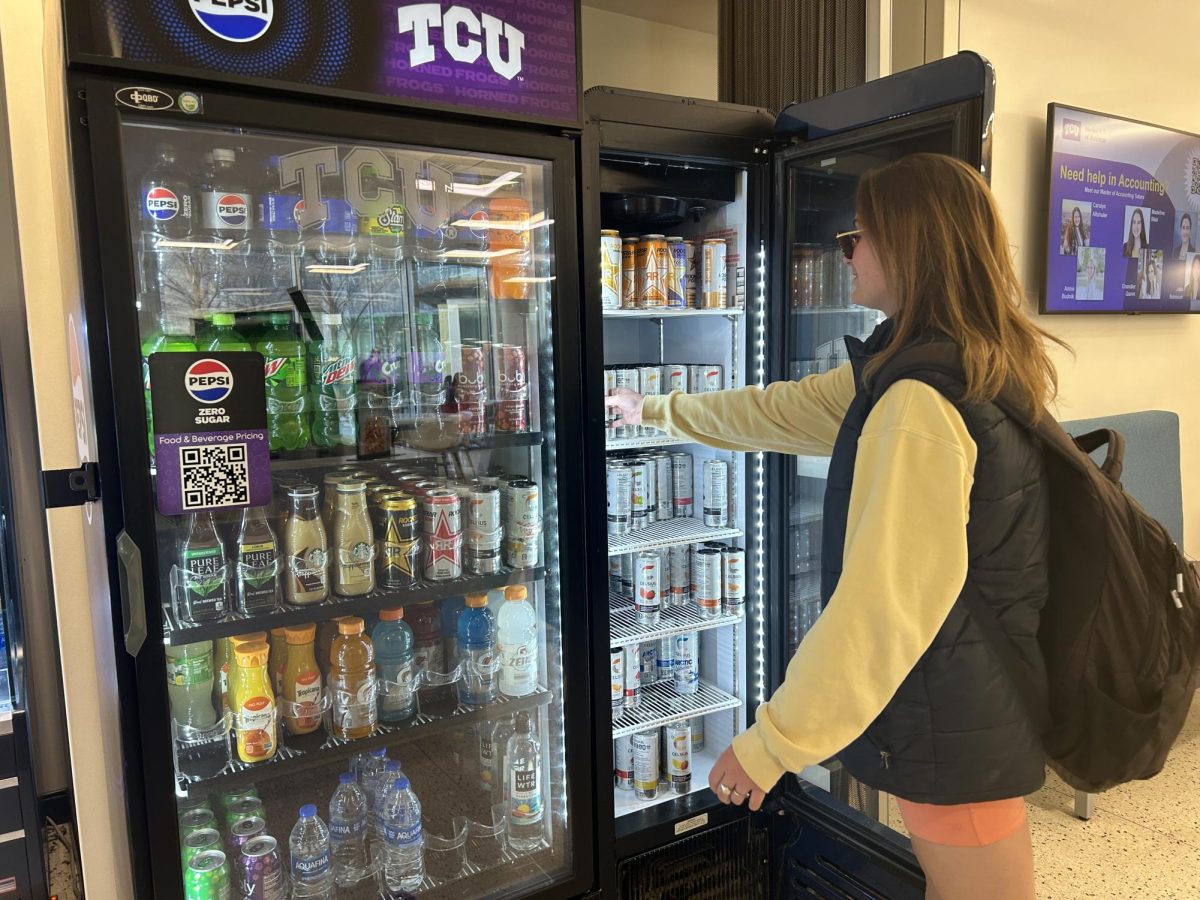Within four years, the undergraduate enrollment has increased by more than 1,000, this semester topping out at 9,725 students.
Out-of-state enrollment of first-year students has significantly increased, especially in California, Illinois and the Pacific Northwest, according to the 2012 TCU fact book.
In 2008, Texans accounted for 75.1 percent of the total undergraduate student body. In 2012, it accounted for 62.9 percent.
Outside of Texas, California is the next most common home state with 675 students enrolled this semester. Illinois, Missouri, Colorado and Kansas are subsequent leaders.
Foreign students maintained a steady representation, hovering around five percent of the student body.
The gender ratio between men and women remained constant within the last four years. Fifty-nine percent of students are women, 41 percent are men.
Currently, 73.3 percent of undergrads are white, amounting to 7,131 undergrads.The next largest ethnic group is Hispanics and Latinos, coming in at only 957 students, or 9.9 percent. The smallest group, Hawaiians and Pacific Islanders, consists of only 20 students.
The total number of ethnic minorities on campus slighlty decreased since the fall 2008, despite the fact Dean of Admission Ray Brown said he seeks to increase diversity on campus.
For the past four years, TCU's first-year minority population was between 19 and 20 percent. This fall, however, the numbers dropped.
Of the 1,853 first-year students this year, 16.9 percent are minority students, according to fall 2012 records.
"The fact that we are at 17 percent is a bummer," Brown said. "We have to do better."
In an April 2012 Image magazine article, Brown said the university's target goal was 22 percent minority. Now, he has changed his aim by saying he "just wants the numbers to be better."
Graphics by Emily Atteberry








